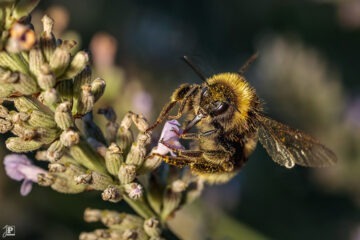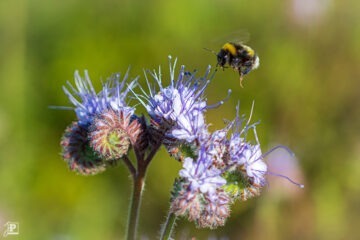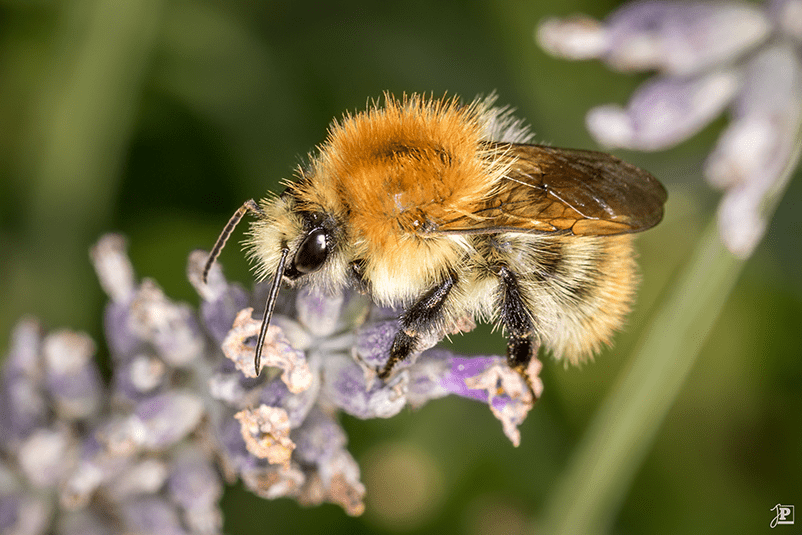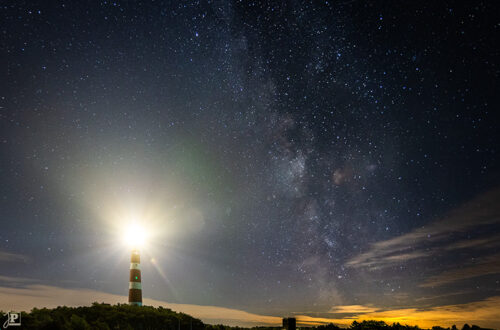Of Flowers and Bees
Macro shots, especially of insects, have fascinated me not only since I began to seriously engage in photography. These images provide a glimpse into a world all of its own, full of details that otherwise remain hidden. So, my curiosity was piqued….
Catching insects with a macro lens

While browsing YouTube tutorials, I discovered many ways to capture flowers, bees and other details in nature. These involved both camera technique and how to approach the task photographically. As a result, a macro lens was on my wish list relatively early on.
Since I didn’t really know which types of photography would excite me in the long run, I shied away from spending too much on special equipment. Fortunately, you can often get second-hand lenses for a good price – and so I found one on the Internet, on a well-known trading platform. The Tamron 90mm ƒ/2.8 macro lens (YouTube review) came my way for half its original price. The lens I got does have a problem with autofocus in live view mode, but that hardly bothers me, and aside from that, it works flawlessly.
And then the search began. First, I rummaged through the garden around our home. The other side of the house is a real treasure trove as far as flowers and bees are concerned. Our neighbor is a passionate hobby gardener and the garden is an insect paradise. In addition, there is a whole row of lavender bushes in the street in front of our house, right next to the mailbox, which are also always bustling with activity in the summer.
On the trail of the bees

So, mount the macro lens on the camera and go! However, it soon turned out that this was easier said than done. The devil is literally hiding in the details. The biggest challenge here is the shallow depth of field, which makes it very difficult to actually get the part of the image in focus that you want. The difficulty is further increased by the fact that the flowers are moving – whether due to wind, or the weight of the landing insects. And in macro photography, movements of just a few millimeters have a significant impact.
And last but not least, if you’ve ever tried to photograph a bumblebee and hoped it would sit still for a moment, you know where the German saying “having bumblebees up your butt” (the English equivalent being “having ants in your pants”) comes from.
Ultimately, it helps to take photos like the ones shown here in the blazing midday sun. The bright light allows for very short exposure times, freezing movement, and the harsh contrast brings out the details better. If the sunlight is not enough, it helps to add an external flash. The aim is only to brighten up the image, and not to achieve such extreme effects as with the “Flashy Flowers“. There are special mounts or self-made reflectors for flashes in macro photography, but I don’t have any of them. So, handling the camera in one hand and the flash in the other quickly becomes tiring.
Follow the flowers
The easiest way to increase your chances of getting good pictures is to go where there are lots of insects. The gardens described above are a good place to start, but in and around the town we live in, there are also numerous so-called “flower strips.” These strips are several meters wide, on the edge of fields that are planted with suitable flowers depending on the season and thus become true insect paradises. Thistles in spring, sunflowers in fall, and many more.
There, it hums and crawls busily, and one can observe not only various kinds of bees and bumblebees, but also countless butterflies. And sometimes it’s nice to put the camera away and just watch the hustle and bustle of nature.
The result
Why wander off into the distance? This photo was taken at the lavender bushes in front of our mailbox. An external flash helped to intensify the sunlight and freeze the movements.

This busy bee can also be found on the July page of my first calendar, 2017.





